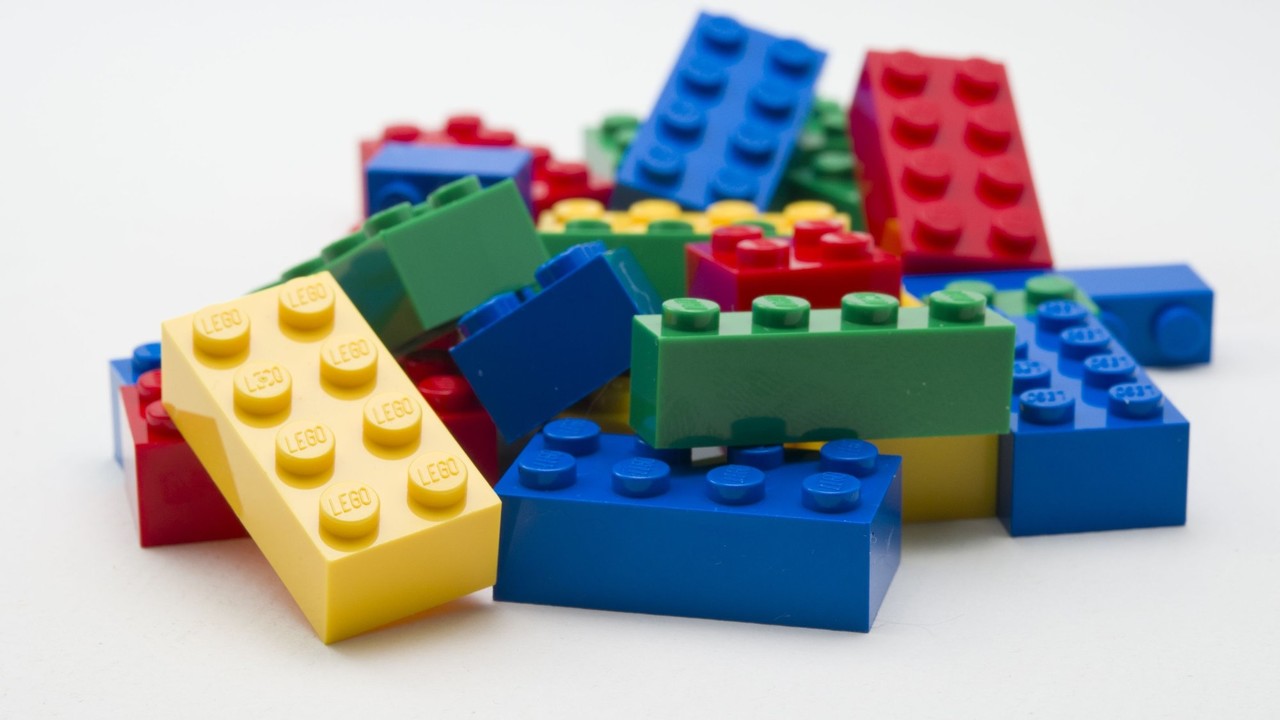
What Lego can teach us about innovation
Innovation, what does the word even mean? Like ''disruption'', businesses are being constantly reminded that they need to be striving for both, to the point that they are starting to lose their meaning.
In the traditional sense, innovation can be defined as a process of implementing a new idea or technology to create positive value for an organisation or a community. In our fast-changing world and with the constant introduction of new technologies, the way consumers interact with things on a day-to-day basis is constantly changing.
At the Better By Design conference in Auckland, David Gram, senior innovation director at Lego Group, told the story of how Lego sees the word "innovation".
Every one of us probably has a Lego story, with an average of 62 Lego bricks per person on earth and more than 400 billion Lego bricks produced since 1958, they were one of the first toys that shaped my engineering skills.
The challenge with a toy that had such a big presence was that the company didn't predict the shift in how children born in the information age would want to interact and play.
This led to Lego being on the brink of bankruptcy in 2004, as it struggled to give consumers what they wanted while still trying to manage the costs of a hardware company.
The company tried to innovate by hiring 30 young ''innovators'', qualified as such because they were the top graduates from the best design colleges around Europe. It also lost a lot of key designers who had been with the company since the 1970s and who understood what it meant to be a Lego builder.
New innovators who didn't have the history of the product or the brand resulted in the production of ''innovative'' products including the Lego Technic, a motor and fibre-optic filled kit that added motion and light to Lego structures.
Continued below.
Related Content
Michelle Dickinson: Get your daily dose of nature
Kiwi scientist Michelle 'Nanogirl' Dickison kitesurfs with former US President Barack Obama in the British Virgin Islands
Nanogirl Michelle Dickinson: Why detox diets don't work
These products diverted from the core materials that Lego could make in-house, ended up costing the company more to make than they sold for because of the challenges with sourcing motors and other non-Lego brick accessories.
Lego was in trouble, and had to focus on the bottom line. It made huge redundancies, cut the number of parts that it produced and shut down distracting departments such as the Lego computer games arm.
They then did something that now seems crazy and genius at the same time.
Instead of giving their high-paid designers more power to innovate, they turned over creative control to a group of hard-core Lego fans and crowd-sourced new ideas from people who had lived through, and were passionate about, Lego's history.
Lego also learned that although computer-game-generation children seemed to have low attention spans, they were still willing to invest a lot of time and stick with something that gave them mastery of a certain skill if they could show it off at the end.
Today Lego innovates through searching out relevant technologies that complement the basic Lego brick. Lego robots with Bluetooth connections have bridged the digital divide, and now a crowd-sourced Lego set depicting female NASA scientists and astronauts is feeding the gender diversity market.
There is always a danger in asking customers about what product they want next. The founder of Ford Motor Company, Henry Ford, is quoted as saying: "If I had asked people what they wanted, they would have said faster horses."
However, in the case of Lego, opening up its doors to those who love the product the most has created a crowd-sourced innovation strategy and moved it to a US$7.1 billion ($10b) company that we all still trust and love.
This article was adapted from one originally written for the NZHerald



Cassandra Goodman this is NanoGirl that spoke at the Bupa conference last year!
engineer at power distribution an observer of volatile and strange things :)
6yLEGO have 25 percent of world blocks market. It is the goliat of toys world. The best is that LEGO designers still develop the brand. The blocks that are under design now will be avaliable for 3-4 years. Impressive
Deputy Chief Executive Officer at KASS International
6yGeetha Kandiah
Blockchain : Learning : SuperBrain
6yFred Jacquet - 福家鲤 you will like this!